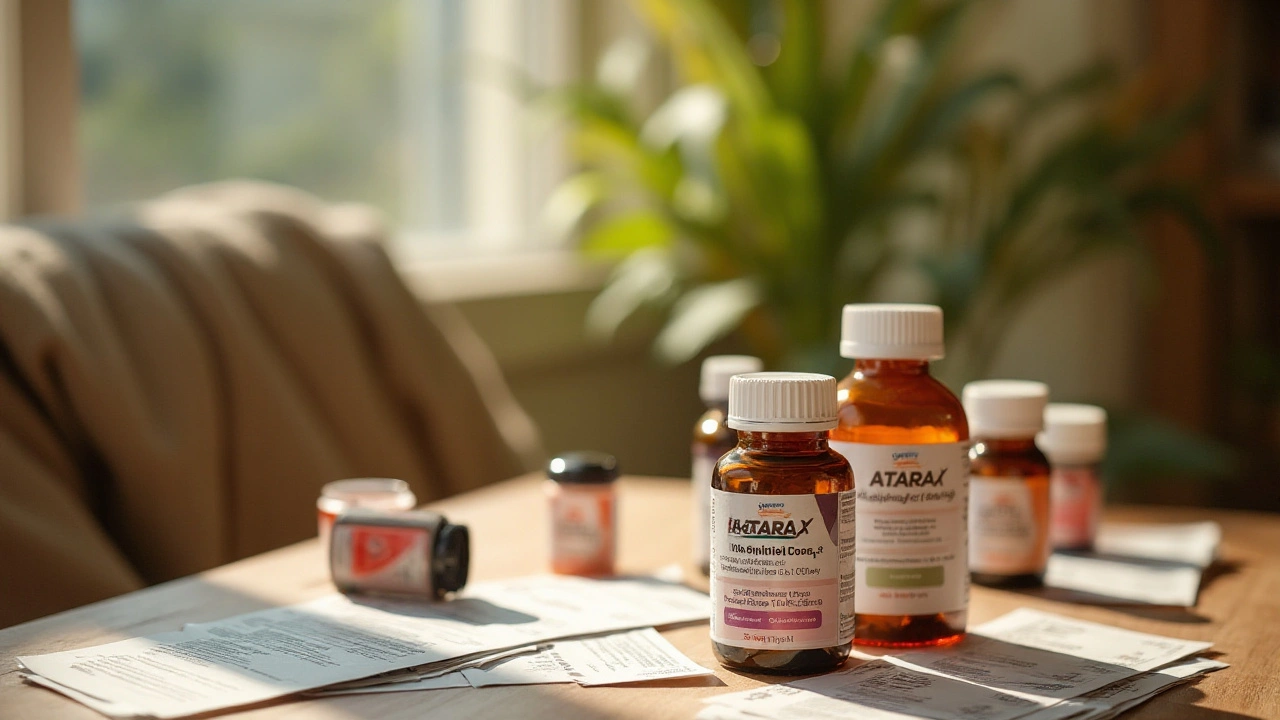Allergy Treatment Made Simple – What Works Right Now
If you’re sneezing, itching, or feeling a tight chest when pollen’s in the air, you know how annoying allergies can be. The good news? You don’t need a PhD to figure out what eases those symptoms. Below are practical steps that actually work, whether you prefer pills, sprays, or natural fixes.
Medications that Actually Help
First up, over‑the‑counter antihistamines. Brands like cetirizine, loratadine, and fexofenadine block the chemicals your body releases during an allergic reaction. They’re non‑drowsy for most people, so you can take them in the morning without crashing later.
If a runny nose is your main problem, nasal steroid sprays such as fluticasone or mometasone are worth trying. Spray once each nostril daily and give it a week or two to kick in – they reduce swelling inside the nose and keep congestion low.
For sudden flare‑ups, an oral decongestant like pseudoephedrine can clear stuffiness fast, but don’t use it more than a few days straight. It can raise blood pressure, so check with your doctor if you have heart issues.
Everyday Hacks to Cut Down Allergens
Medications are great, but keeping allergens out of your space makes a huge difference. Run a HEPA filter in the bedroom; it traps pollen and dust that would otherwise drift around while you sleep.
When you come inside after being outdoors, change clothes and take a quick shower. This washes off pollen stuck to skin and hair before it spreads through your home.
Keep windows closed on high‑pollen days and use the air conditioner instead of opening them. If you must open a window, choose early morning or late evening when pollen counts are lower.
A daily saline rinse can flush out irritants from the nasal passages. Use a squeeze bottle with sterile salt water – it feels weird at first but leaves your sinuses clear and less reactive.
Don’t forget diet. Some people find that eating local honey or foods rich in quercetin (like apples and onions) eases mild allergy symptoms over time. It’s not a cure, but it can add to the overall relief plan.
Finally, track your symptoms with a simple notebook or phone note. Note when they flare up, what you ate, and where you were. Patterns often emerge, helping you pinpoint hidden triggers such as mold in a bathroom or dust mites in bedding.
Putting these steps together – a daily antihistamine, targeted nasal spray, smart home habits, and occasional natural aids – gives you a solid defense against allergies without needing endless doctor visits. Give the routine a couple of weeks, notice what works best for you, and tweak as needed. Your nose (and eyes) will thank you!

Top Alternatives to Atarax for Anxiety and Allergy Relief
Explore the top 10 alternatives to Atarax, a medication commonly used for anxiety and allergy relief. This guide breaks down each alternative, highlighting the pros and cons to help you make an informed decision. Learn about different antihistamines and anxiolytics, their safety profiles, and effectiveness. Whether you need to manage allergies, pruritus, or anxiety, find the best options suited to your needs. Ensure your well-being with this comprehensive comparison.